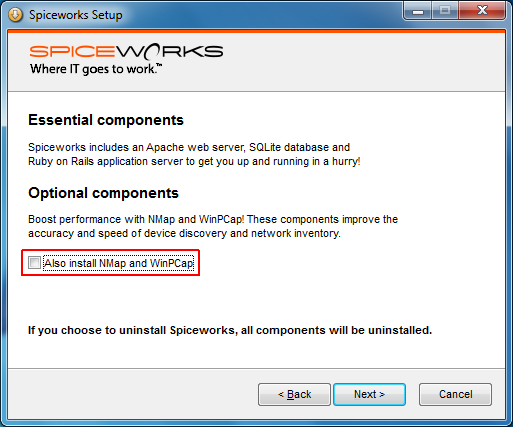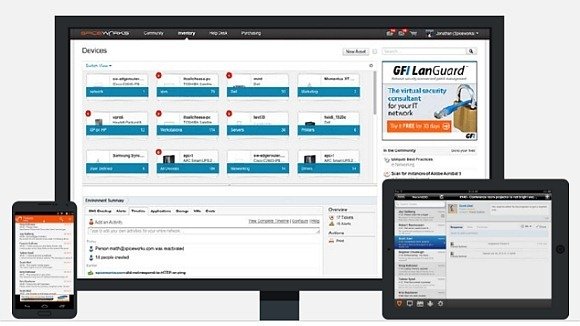

- #Install spiceworks on a remote site how to
- #Install spiceworks on a remote site install
- #Install spiceworks on a remote site full
Ensure that the Web Deployment Agent Service is running.Create an IIS website to host the deployed content.
#Install spiceworks on a remote site install
#Install spiceworks on a remote site how to
This topic describes how to configure an Internet Information Services (IIS) 7.5 web server to accept and deploy web packages from a remote computer using the Web Deploy Remote Agent approach. In these scenarios, configuring your web servers to support deployment using the Web Deploy Handler may provide a more satisfactory choice. In addition, if you're planning to automate deployment from a build server, you may not want to use administrator credentials for the deployment process. In the case of hosted web servers, this is especially unlikely to be the case. In lots of larger organizations, and particularly for staging or production environments, it's often not realistic to give users administrator rights on web servers.
#Install spiceworks on a remote site full
Development or test environments, where the developer has full control over the destination web server and database server.This approach is often desirable in these types of scenarios: Yes, if the user who will deploy the content can supply the credentials of an administrator on the destination server. Is the Web Deploy Remote Agent the Right Approach for You? This approach requires the least configuration of the web server, but a server administrator must manually copy the web package onto the server and import it through IIS Manager.įor more information on the key features, advantages, and disadvantages of these approaches, see Choosing the Right Approach to Web Deployment.

The Web Deploy Handler is only available in IIS version 7 or later. However, when you use this approach, you can configure IIS to allow non-administrator users to perform the deployment. This approach is a lot more complex and requires more initial effort to set up the web server.

This approach requires less configuration of the web server, but you need to provide the credentials of a local server administrator in order to deploy anything to the server.


 0 kommentar(er)
0 kommentar(er)
